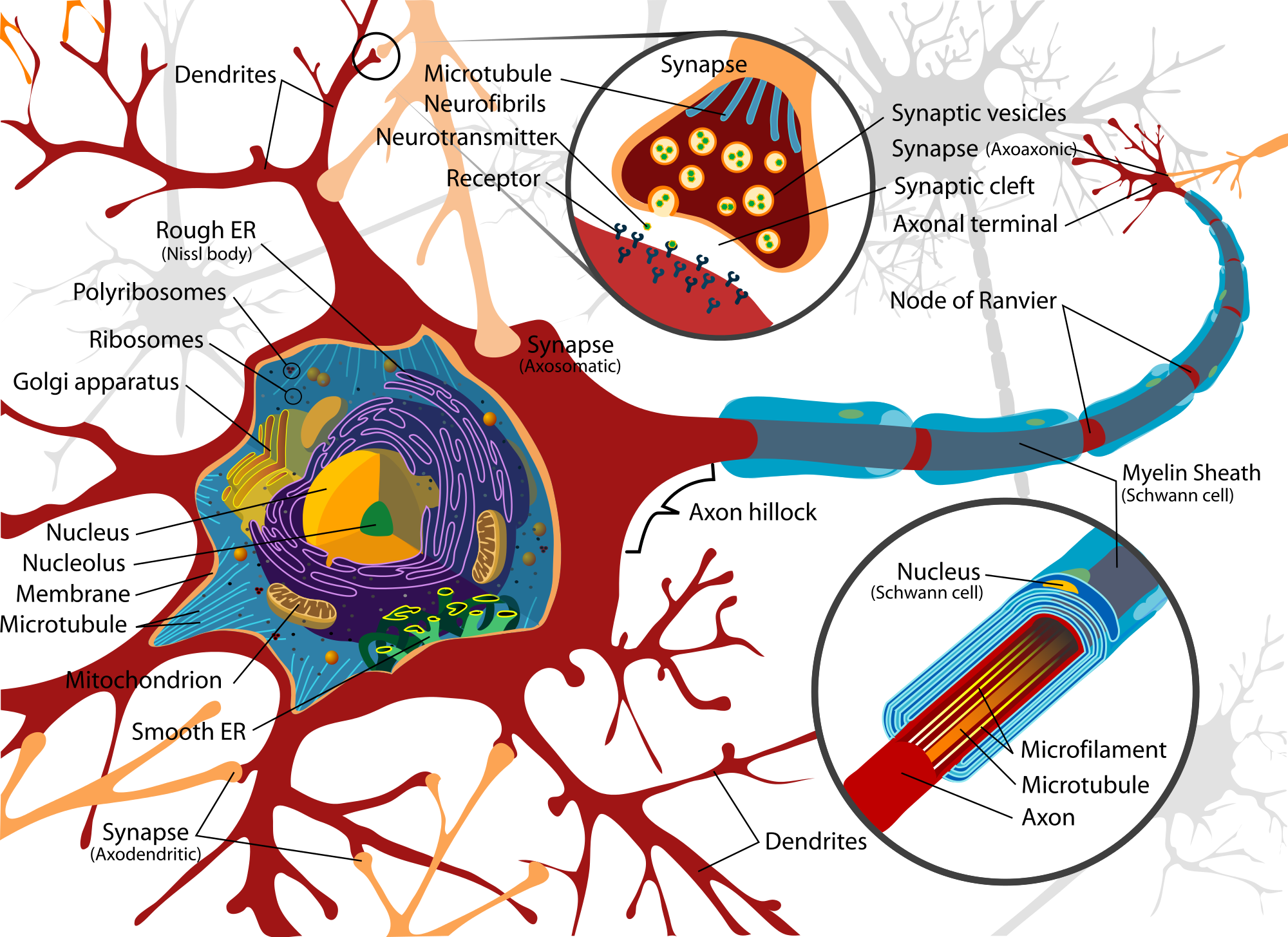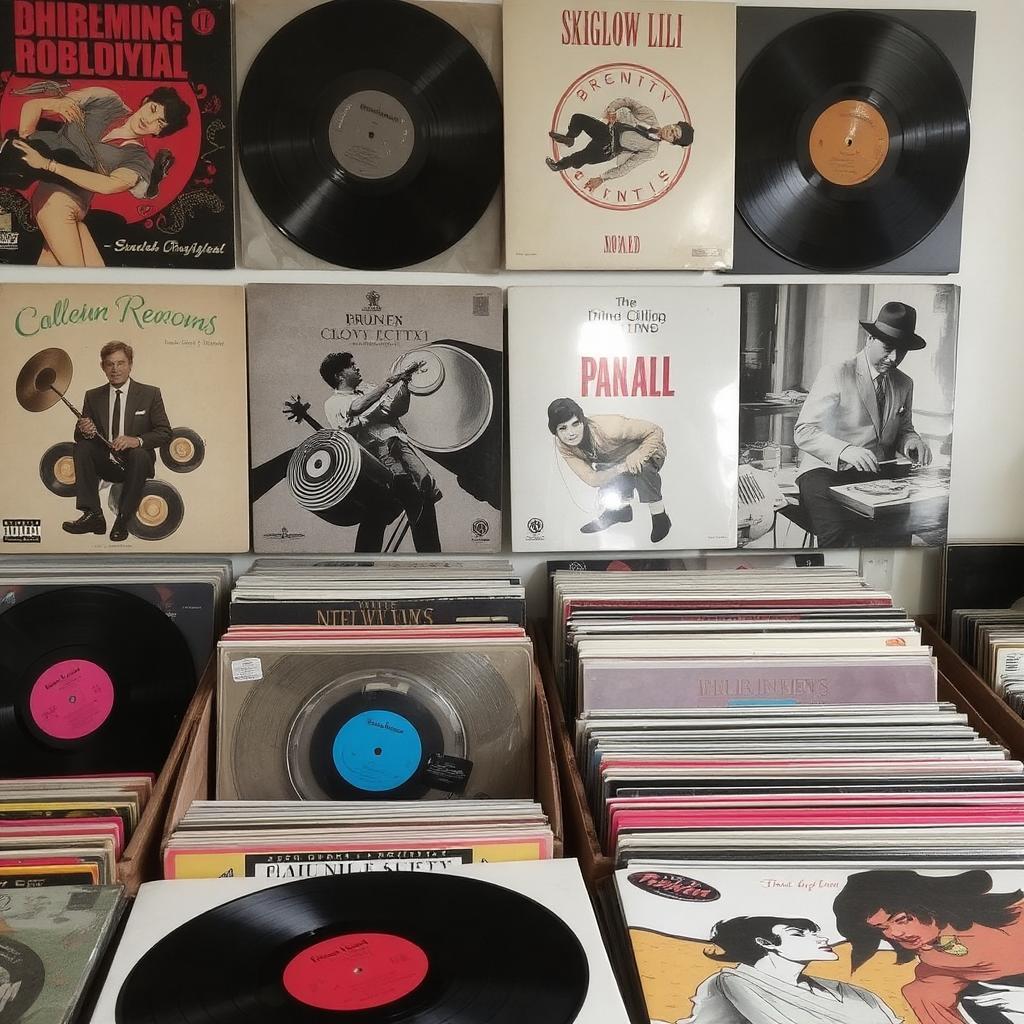For nearly six decades, HMV (His Master’s Voice) served as the backbone of India’s recorded music industry, shaping how generations experienced Bollywood vinyl records soundtracks. The iconic label – with its trademark dog-and-gramophone logo – didn’t just manufacture vinyl records; it cultivated musical culture, discovered legendary artists, and set technical standards that defined the golden era of Hindi film music.
The Early Years: Establishing Dominance (1901-1940s)
HMV’s Indian operations began in 1901 as The Gramophone Company of India, initially importing shellac 78 rpm discs from Europe. By the 1930s, the company:
- Established India’s first recording studio in Calcutta (1927)
- Built pressing plants in Dum Dum and Bombay
- Signed exclusive contracts with emerging playback singers
Early milestones included:
- First Indian recording (Gauhar Jaan, 1902)
- Landmark film soundtrack releases like Alam Ara (1931)
- Development of durable shellac formulations for tropical climates
The Vinyl Revolution (1950s-1960s)
As technology shifted from shellac to vinyl, HMV led India’s transition:
Technical Innovations
- Introduced 33⅓ rpm LPs (1952) and 45 rpm EPs (1954)
- Developed special vinyl compounds to withstand Indian temperatures
- Pioneered stereo recordings (Mughal-e-Azam, 1960)
Artistic Impact
- Standardized 3-4 minute song formats for film soundtracks
- Created the “album” concept with cover art and liner notes
- Established quality benchmarks for music production
The Golden Era (1970s-1980s)
At its peak, HMV:
- Pressed over 10 million records annually
- Operated 5 pressing plants nationwide
- Controlled 85% of India’s recorded music market
Key contributions during this period:
Artist Development
- Ranjit Studios nurtured young talents like Lata Mangeshkar
- Exclusive contracts created playback singing legends
- Sponsored composer experiments (R.D. Burman’s stereo mixes)
Cultural Curation
- “Film Hits” compilation series introduced classics to new generations
- The “Aap Ki Farmaaish” radio program shaped musical tastes
- Regional language divisions preserved diverse cinematic traditions
The HMV Sound: Technical Distinctiveness
Records pressed at HMV plants had recognizable characteristics:
Sonic Profile
- Boosted midrange for clarity on cheap turntables
- Conservative high-frequency roll-off to mask surface noise
- Tight bass response suited to monaural playback
Physical Attributes
- 100-120 gram weight (lighter than Western pressings)
- Distinctive paper labels with Indian language credits
- Thinner but flexible vinyl formulation
Iconic Series and Special Editions
HMV created several legendary product lines:
- Film Classics Series - Premium pressings of landmark soundtracks
- Super Hit Melodies - Themed compilations
- Celebrity Series - Artist-focused collections
- Anniversary Editions - Commemorative reissues
The Decline and Legacy
HMV’s dominance waned due to:
- Cassette Technology - T-Series’ affordable alternatives
- Copyright Battles - Licensing disputes with music companies
- Plant Closures - Mumbai factory shutdown (1990)
- Corporate Restructuring - Mergers and acquisitions
Yet HMV’s influence persists through:
- The archival value of its vinyl catalog
- Recording techniques still used in studios
- Collector demand for original pressings
Collector’s Perspective
Original HMV pressings remain prized for:
Sound Quality
- Truest representation of original master tapes
- Warm analog character missing from reissues
Historical Value
- Document evolving production techniques
- Capture period-specific mixing styles
Investment Potential
- Sealed copies appreciate 20-30% annually
- Rare editions command auction premiums
Where to Find HMV Pressings Today
- Specialist Auctions - Paddlespot, Saffronart
- Vinyl Collector Meets - Mumbai, Delhi, Bangalore
- Online Marketplaces - Discogs, eBay (search “HMV India”)
- Estate Sales - Especially in metro cities
Preservation Challenges
Surviving HMV records face:
- Vinegar Syndrome - Chemical degradation of older pressings
- Groove Wear - From decades of playback
- Climate Damage - Warping and mold in tropical conditions
The Enduring Cultural Impact
HMV didn’t just sell records – it shaped how India experienced music:
- Democratized Access - Brought film music to middle-class homes
- Standardized Quality - Set benchmarks for the entire industry
- Preserved Heritage - Captured definitive versions of classics
The label’s vinyl pressings remain the most authentic documents of Bollywood’s golden age – physical artifacts of a musical revolution that continues to inspire generations. For collectors and historians, HMV records aren’t just nostalgic objects, but irreplaceable cultural treasures that tell the story of how Indian cinema found its voice.
As vinyl enjoys its global revival, HMV’s pioneering work serves as both inspiration and cautionary tale – reminding us that great music requires not just artistic genius, but also the technical infrastructure to preserve and share it with the world. The dog-and-gramophone logo endures as a symbol of an era when music was tangible, carefully crafted, and deeply valued.
Bollywood Vinyl Records Classical Vinyl Records Devotional Vinyl Records Dialogue Vinyl Records Dj Remix Vinyl Records English Vinyl Records Film Hits Vinyl Records Ghazals Vinyl Records Instrumental Vinyl Records Non Filmi LP Records Punjabi Vinyl Records Rare Vinyl Records Online Vinyl Shop Online Chardham Hotels in chardham

